
Now, women have three excellent options available to them in terms of the filler material used in their breast
implants:
saline, silicone gel, and 'gummy bear' implants. Are gummy bear breast implants right for you? Here are something
you
need to know about Gummy Bear Implants.
What is Gummy Bear Implants?
Launched in the mid-2000s, Trusted Source, Gummy Bear, also known as Highly Cohesive Gel, this breast implants is the result of an evolved product that has been technically available for more than a century.
Gummy Bear Implants is also an option for breast augmentation. "Gummy Bears" is actually the nickname for the teardrop-shaped gel implant. They are known to hold their shape better than other breast implants made of saline and silicone. If you want your breasts to be fuller without being deformed like other implants, you may be a good candidate.
Note that this procedure is not available to pregnant or lactating women. Silicone implants are also only approved for use in people 22 and older.
What are Gummy Bear Implants Made Of?
The gummy bear implant is a breast implant that contains an outer silicone shell and a filler material. In contrast to lactose bear implants, most breast implants contain either silicone or saline. Gummy bear breast implants have both silicone shells and silicone fillings.
The advantage over other silicone prostheses is that gummy bears retain their shape while leaving the breasts naturally soft. Unlike traditional silicone breast implants, gummy bear implants retain their shape even when the shell is broken. This is because the gel is thicker.

Gummy Bear Implants Pros and Cons
Like other types of breast implants, the goal of gummy bear implants is to improve the shape and size of the breasts. However, one drawback is that the surgeon may need to make a longer incision, which could lead to visible scarring. If you are primarily concerned with sagging, you may want to talk to a surgeon about a breast lift.
Gummy bear implants are teardrop shaped. They are also thicker or denser than the other two popular implants. This option may be preferable if you want the top half of your breasts to be less full while allowing them to sag more naturally to the bottom half. However, if the implants rotate out of position, it is more obvious because they are shaped differently on all four sides.
To prevent rotation or movement of these shaped implants, the shell of a gummy bear implant is usually textured, which allows the tissue around it to grow into it, somewhat like Velcro. These shaped, textured gummy bear implants have been shown to have a lower incidence of what is known as capsular contracture. This occurs when the tissue around a breast implant becomes unusually tight or thick, resulting in an asymmetric, painful and unpleasant appearance. Capsular contracture is one of the most common complications of breast augmentation surgery and a common reason for reoperation.
The Price of Gummy Bear Implants
Insurance often does not cover gummy bear implants. Breast augmentation surgery cost an average of $3,718 nationwide in 2017, according to the American Society of Plastic Surgeons. Gummy bear implants are much more expensive.
One vendor estimated the price at $6,000 to $12,000. These factors include your doctor, their skills and office location.
It is also important to remember that there may be other costs associated with gummy bear breast augmentation beyond the actual surgery. These costs include hospitalization and anaesthesia, as well as clothing for the duration of recovery. It's a good idea to verify all these costs in advance. You also need to factor in recovery time. It can take weeks to fully recover from the surgery.
Are Gummy Bear Implants Safe?
After years of evaluation, gummy bear implants have been deemed safe. Your doctor will order regular check-ups to make sure your implant stays in the right place and doesn't rupture.
In the past, traditional breast prostheses have been associated with a greater risk of rupture and associated complications. Once broken, the gel material oozes out of the shell and into the surrounding tissue.
Due to their strength, gummy bear implants are less likely to rupture and leak than other silicone and saline forms. However, the risk is that if gummy bear implants leak, it is more difficult to detect the leak than saline implants. That's why screening is important to catch any problems. For gummy bear implants, the U.S. Food and Drug Administration (FDA) recommends MRI monitoring for 3 years after implantation and every 2 years thereafter.

Other Considerations
Although breast augmentation can last up to 30 years, it may not be the right choice for everyone. Some implants can last up to 10 years, while others need to be removed or replaced at some point. Before you decide to have surgery, be sure to ask your doctor if your implants will last longer.
Even though the gummy bear prosthesis has a lower risk of rupture and leakage than traditional breast prostheses, it can still be difficult to detect. After three years, you should get an MRI every two years to check for a broken shell.
Conclusion
If you are interested in breast augmentation, schedule a consultation with an experienced surgeon. In the process, he or she will assess and discuss your goals and concerns. After the session, the surgeon will create a customized treatment plan that will help achieve the desired outcome.













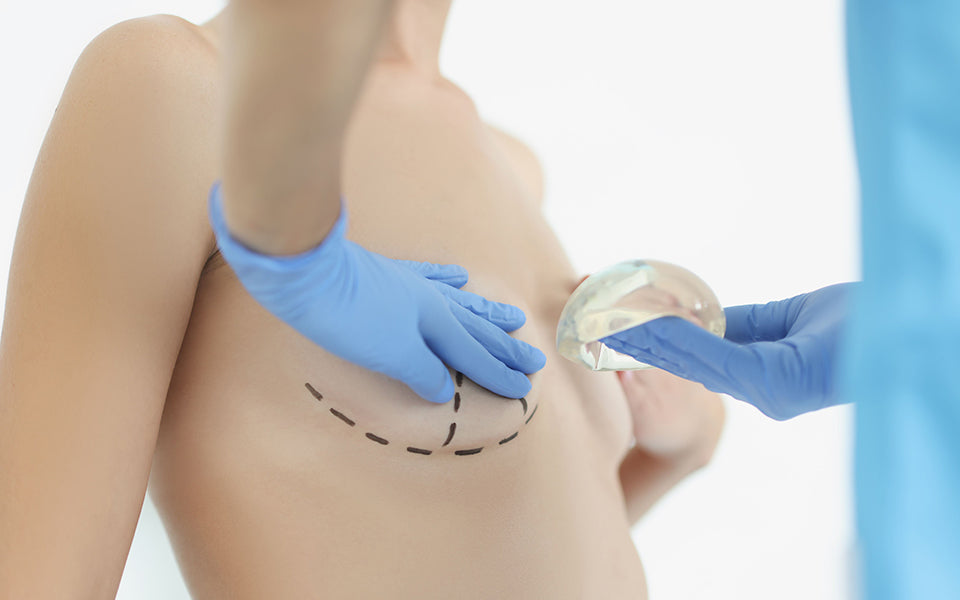


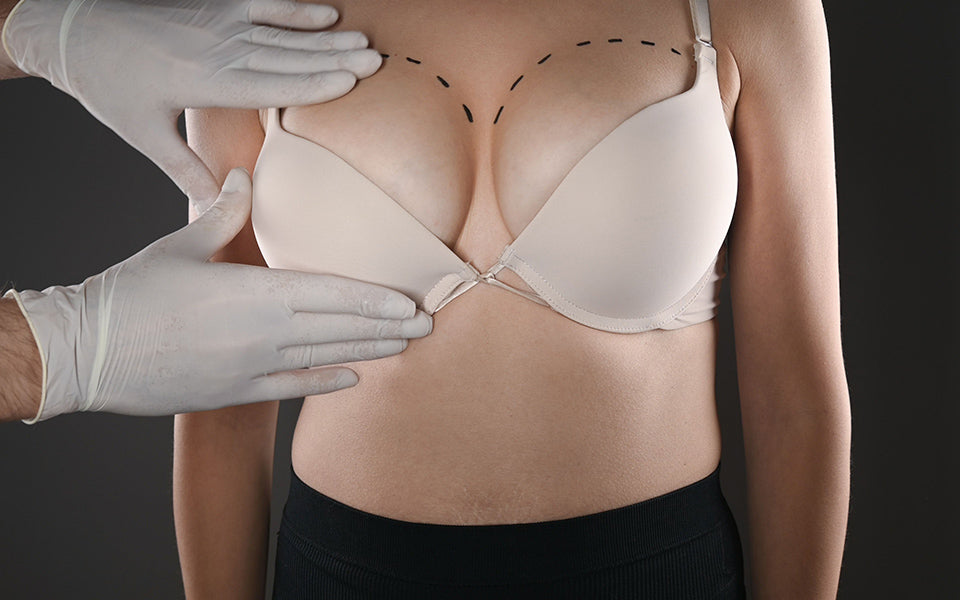






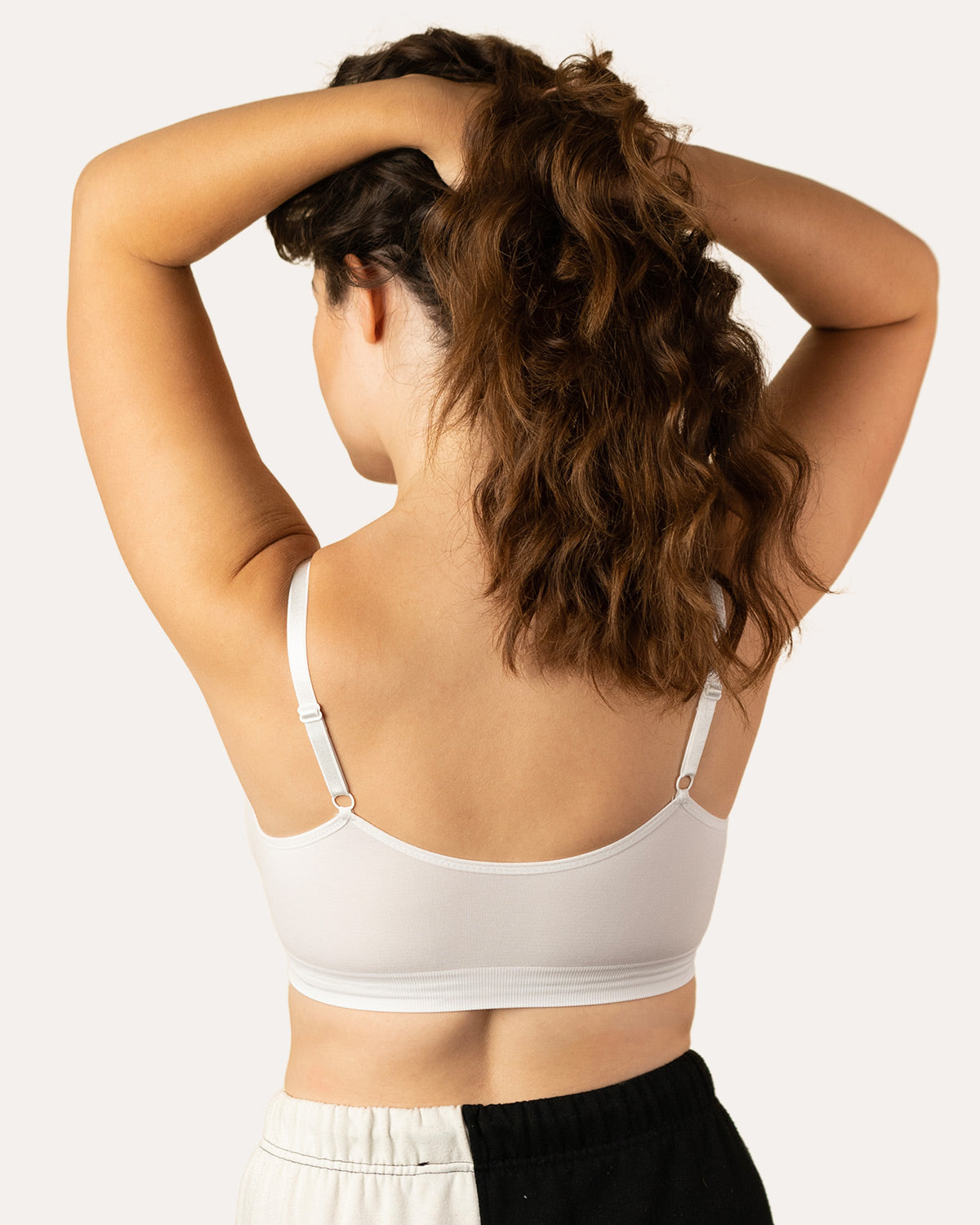





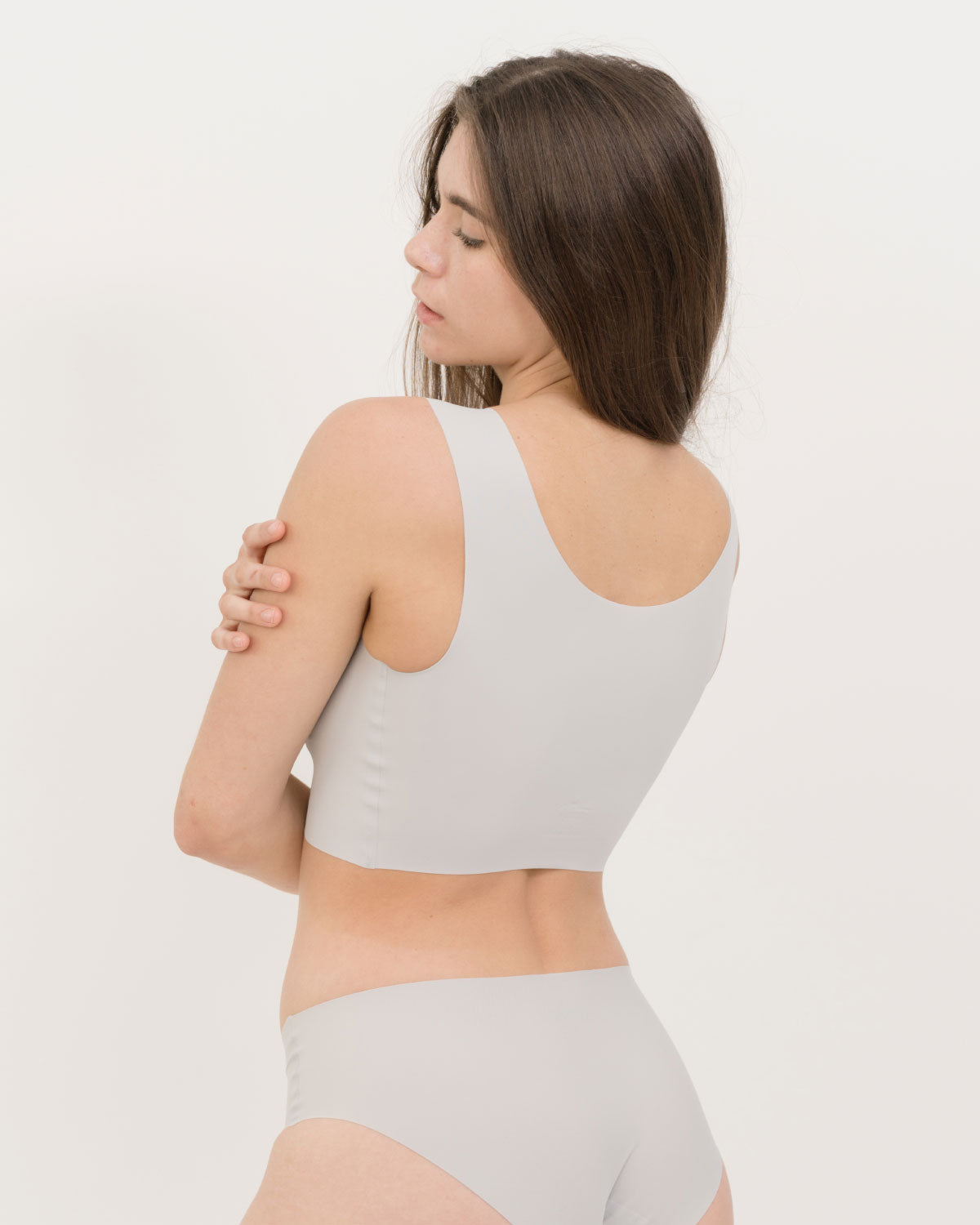

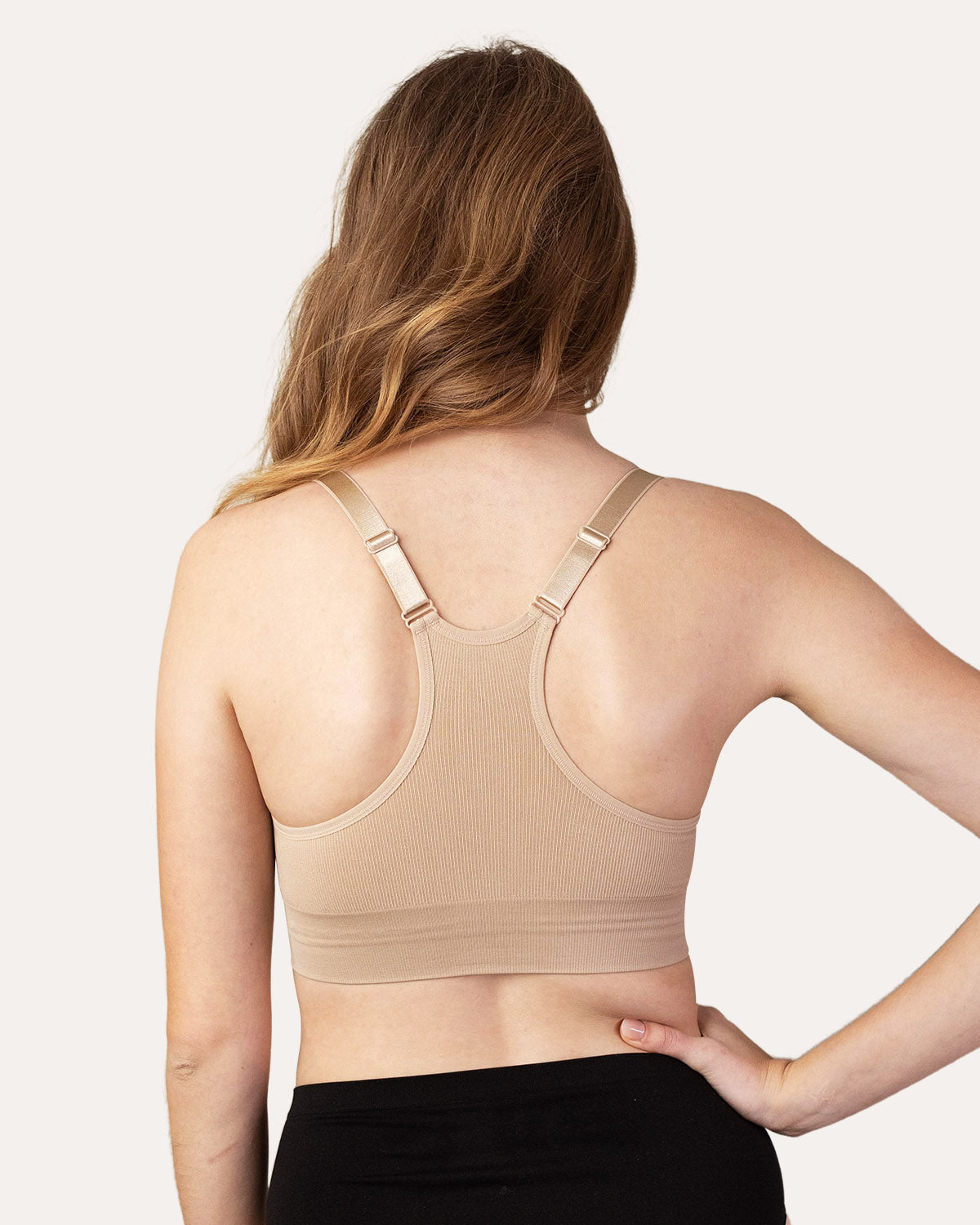
Leave a comment
This site is protected by hCaptcha and the hCaptcha Privacy Policy and Terms of Service apply.